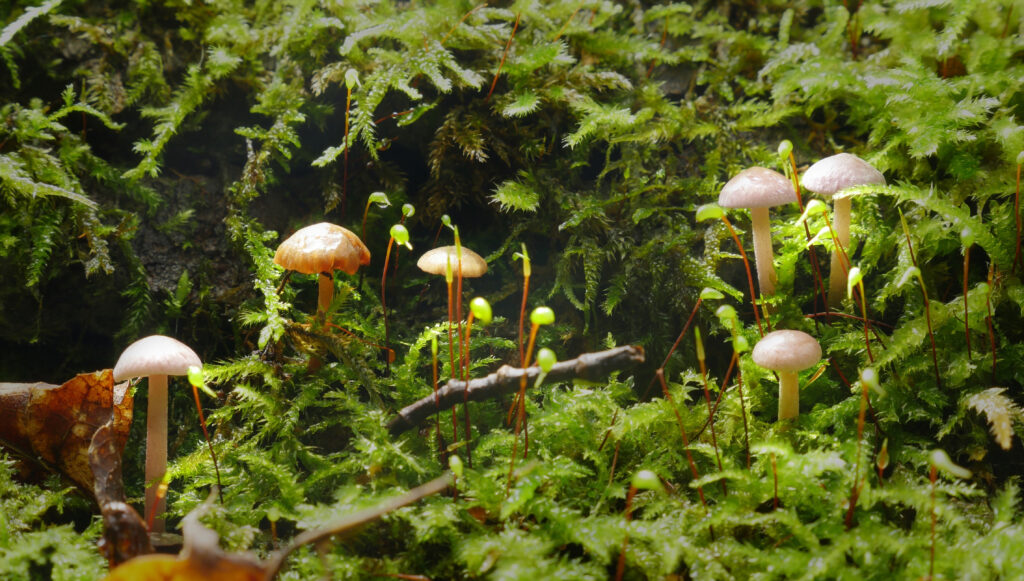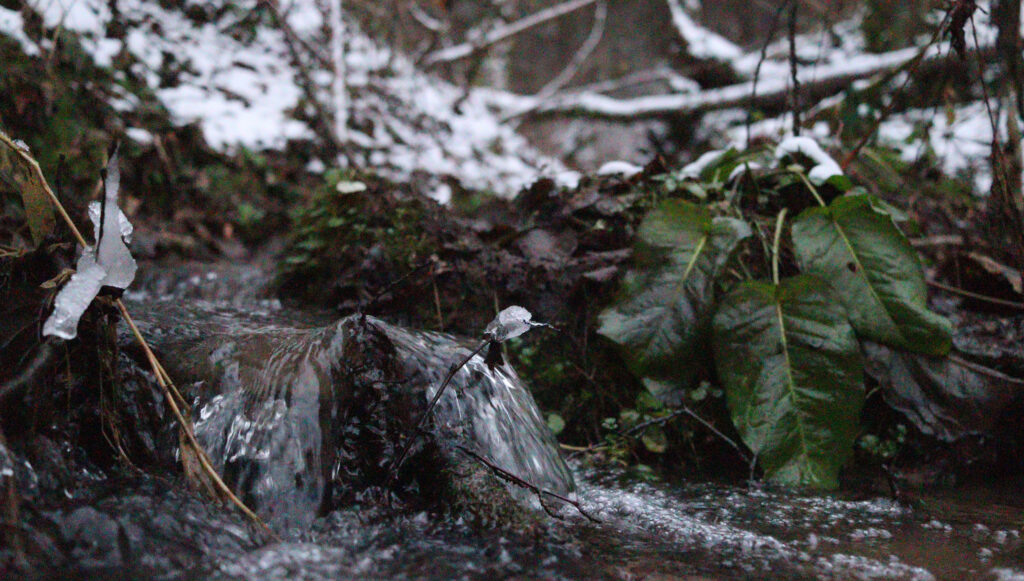Protecting old-growth forests as an environmental investment

By Mindaugas Survila, founder of the Ancient Woods Foundation and author of “The Ancient Woods” documentary
Environmental risks, including biodiversity loss, are seen as the biggest global threats over the next five to ten years. Reducing the impacts of climate change should go hand in hand with preserving biodiversity, natural ecosystems and healthy soils. The conservation of our region’s primary boreal forests is one of the most holistic and important preventive measures for one of the most significant ecosystems on our planet.
In Lithuania, strict nature reserves are the only areas where forests have the potential to turn into ancient woods. As of now, they make up only 1.225% of Lithuanian forest territory.
Although the average age of the trees within them can reach three hundred years, in Lithuanian reserves, they only manage to get to the age of seventy-five.
Nevertheless, it’s possible to find forest fragments with an average lifetime of almost two hundred years, yet they make up less than one percent — 0.0009% of Lithuania’s land.
Due to mass felling, many species that require constant slow-changing conditions, found only in old forests, are rapidly declining. Around 80% of protected forest insect species are in great danger due to the lack of dead wood, which also threatens the many species of fungi that decompose it.
The remaining community of plants, animals and microbes depends on these two species, enabling an uninterrupted chain of life, with each link providing the others with food and housing.
So, while approximately 15 thousand species can live in old-growth forests, the lack of habitat protection means there is a risk that most will be lost.
Shifting the focus back to biodiversity
The business contribution to environmental change is increasing, both because of regulatory requirements and market changes. However, the focus so far has been mostly on greenhouse gas emission reductions and offsetting mechanisms – only a small part of the whole environmental picture.
And while companies often set environmental targets in line with the United Nations’ SDG15, “Life on Land” – it is still one of the least frequently included in business strategies. According to a McKinsey & Company report, 83% of Global Fortune 500 companies have climate targets, versus just 5% for biodiversity.
SDG15 is defined as “Life on Land – protect, restore and promote sustainable use of terrestrial ecosystems, sustainably manage forests, combat desertification, and halt and reverse land degradation and halt biodiversity loss”.
Biodiversity is essential for supporting all life on Earth, including us human beings. It ensures functioning ecosystems that provide clean air, water and food, pollination, seed dispersal, climate regulation, and nutrient cycling. It is an important source for scientific and medical research, not to forget the wider cultural, existential and ethical context.
Diverse forests and environments are much more resilient to disease or invasive species. The health of one of the most important elements of the planet, soil, is often still overlooked. Conserving soil preserves its composition, structure, nutrients and fertility, its resilience to natural disasters, its rich biodiversity, the carbon already stored in it, and its water quality.
The Ancient Woods Foundation is a non-profit organisation that aims to preserve the most valuable primeval forests with all the life they contain and to establish enduring public forests in Lithuania as examples of sustainable nature. Our vision is: A Lithuania where nature belongs to itself, and is allowed to develop without human influence, where all organisms are equal, and no one is thought of as harmful.
By growing community and collaborating with businesses, we aim to shift the focus back to biodiversity. Biodiversity loss has a direct impact on business. That’s why we are seeking a dialogue with business, inviting them to cooperate.
Preserving forests and its inhabitants
Based on more than 50 scientific criteria set by our biologists and environmental scientists, we search for, evaluate and buy out the most biologically valuable forests, allowing them to develop naturally and protecting from human activity. These criteria cover the forest’s structural, biodiversity, habitats, and territorial and legal aspects to make the assessment as multifaceted and far-reaching as possible.

So far, we have bought and protected 57 hectares of old-growth forests, with woods aged from 60 to 160 years, and 28 important habitats – home to protected rare species of animals, plants, fungi and lichens listed in the Lithuanian Red List of Threatened Species, as well as an abundance of natural dead (living) wood, which is essential for the maintenance of life, and which is home to, feeds and provides fertiliser for thousands of different organisms.
In our largest protected plot – the 19-hectare Moniškis Forest in northeast Lithuania – a rare and globally endangered fungus was discovered this summer: Lavender Baeospora (Baeospora myriadophylla). This is a scientifically momentous finding at both national and global levels, as this is the only known habitat of the fungus in Lithuania and one of only 400 in the world. The habitat could easily have been destroyed by logging, as another valuable forest next to it was entirely cut down only recently.
Holistic approach to the environment
Last year, the Nordic Investment Bank (NIB) supported us in the purchase of part of another natural old forest in Dzūkija to protect it from negative human activities, thus enabling the survival of life there.
For NIB, this contribution gives an opportunity to create a lasting positive impact on nature that is beyond its regular lending operations. Our cooperation highlights the importance of a holistic, tangible and both locally and globally relevant approach to the conservation of biodiversity.
The protected 5-hectare forest is located in the Dainava Forest of Dzūkija, next to the Nemunas River, in one of the most valuable massifs selected by the Foundation’s scientists. The place is spectacular – and although the terrain is challenging to walk in, the beauty and abundance of biodiversity is the reason. The northern part of the site slopes down to the Nemunas, the terrain rises and falls, a ravine meanders through the site, and springs abound.

The forest belongs to the Dzūkija National Park, as well as PAST (Important Bird Areas), Natura 2000, and part of it is designated as important key forest habitats. Some of the pine forest is 130–140 years old, while the spruce is about 120 years old. The forest has a rich flora of spore-forming vascular plants, six fern species were recorded during the initial research, and fern gametophytes were also observed in the ravine. Adjacent to the Nemunas River, the site is important for otters, beavers and sea eagles nesting on the other bank. The forest is not part of a nature reserve, so the threat of logging was real – the forest nearby was clear-cut in the winter of 2021–2022.
Moreover, our scientists calculate that the forest plot sequesters approximately 13 tonnes of CO2e per year and stores and locks around 836 tonnes of carbon. Combined with the positive impact on biodiversity and forest ecosystem, we believe this is a good addition to NIB’s usual environmental lending activities.
